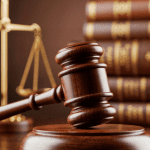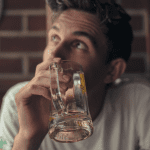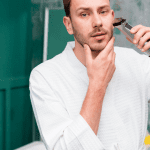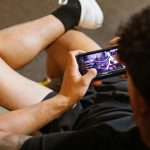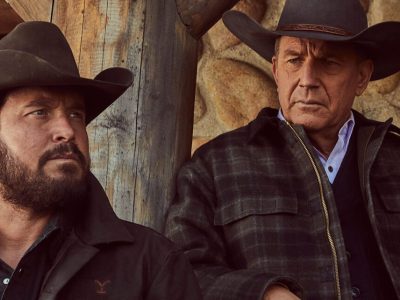Eyewear in Pop Culture: How the Entertainment Industry Shaped Fashion!
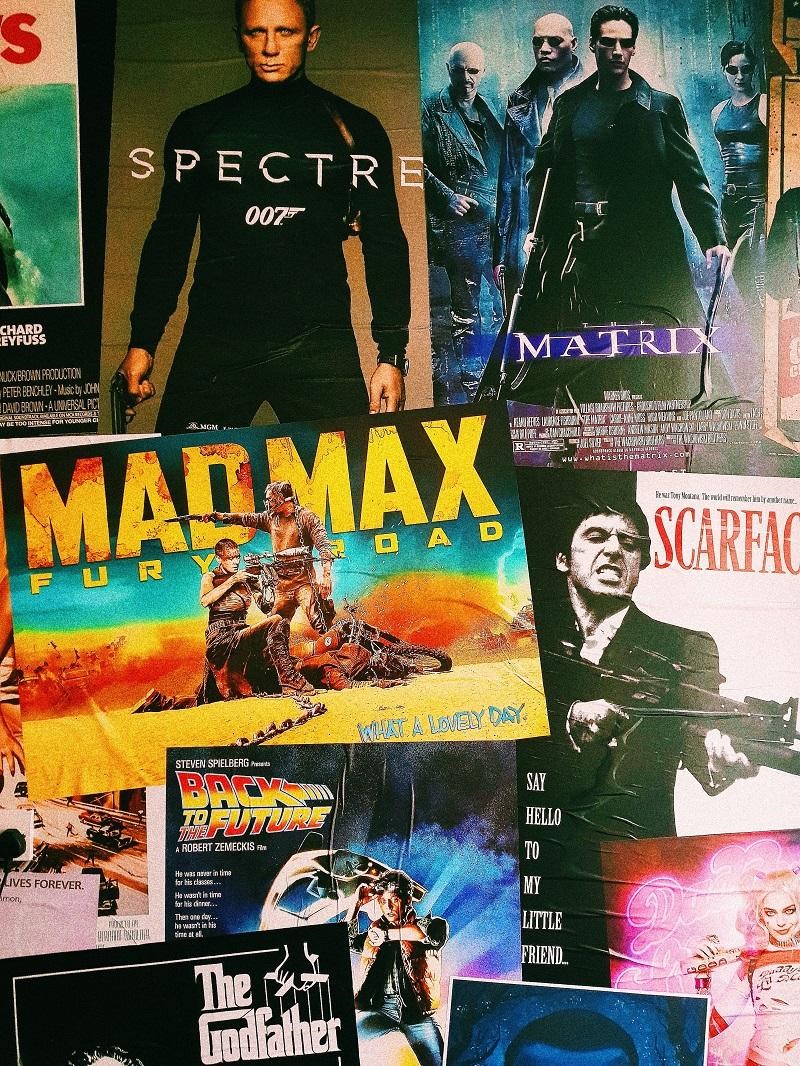
Films have a magical way of capturing moments, feelings, and most importantly, style.
For generations, cinema enthusiasts have taken cues from the silver screen, finding inspiration in the wardrobe, hairstyles, and yes, eyewear of their favorite stars. Glasses, be they sunglasses or prescription, often become defining accessories for characters, influencing global style trends for decades.
Ever seen someone with aviator glasses and instantly thought of Tom Cruise soaring through the sky? You’re not alone. There’s a rich history of eyewear setting trends due to their appearances in film. Let’s delve into this intriguing world where film meets fashion, and how many iconic glasses styles have been forever etched into our memories thanks to Hollywood.
How Movies Influenced Style Through Eyewear
Ever seen someone with aviator glasses and instantly thought of Tom Cruise soaring through the sky? You’re not alone. There’s a rich history of eyewear setting trends due to their appearances in film.
Let’s delve into this intriguing world where film meets fashion and how many iconic glass styles have been forever etched into our memories thanks to Hollywood.
Top Guns of Style: Aviator Glasses in Cinema
There’s a reason why aviator glasses exude an air of cool confidence. We’ve seen them sported by some of cinema’s most charismatic characters.
Tom Cruise in “Top Gun” instantly comes to mind. As Maverick, his aviator glasses were more than just an accessory; they became a symbol of a fearless fighter pilot with unmatched swagger. Then there’s Robert De Niro in “Taxi Driver”.
His portrayal of Travis Bickle, aviators constantly perched on his nose, painted the picture of a man teetering on the edge. Additionally, these films not only showcased the versatility of aviator glasses but also made them must-haves for anyone looking to channel their inner movie star.
If you find yourself longing to buy aviator glasses, a visit to an online retailer GlassesUSA could be your first step to capturing that cinematic charm.
Becoming the Breakfast Club: The Influence of the 80s
Ah, the 1980s. A decade where pop culture became a vibrant collage of bold fashion, pulsating music, and some of the most iconic films ever made.
Beyond the fluorescent leg warmers and electric guitar riffs, the 80s gifted us cinematic masterpieces that have withstood the test of time, primarily due to their deeply relatable characters.
Furthermore, one cannot talk about this era without mentioning the teen movies that depicted the highs and lows of adolescence. Films like “Sixteen Candles” and “The Breakfast Club” did more than just entertain.
They painted an authentic portrait of the teenage experience, complete with all its angst, dreams, and dilemmas. At the heart of these tales were characters with depth, personalities underscored by their distinct eyewear choices.
Think about Molly Ringwald’s character in “Sixteen Candles”. Her oversized frames weren’t just an accessory; they reflected her character’s desire to be seen, to move beyond the shadows of high school hierarchies.
Then, there’s Judd Nelson’s character in “The Breakfast Club”. Those dark shades he sported weren’t merely to look cool. They acted as a barrier, a protective shield against a world that seemed determined to misunderstand him.
Quirky, Nerdy, and Proud: The Rise of Geek Chic
Movies have a way of turning stereotypes on their heads. The 2000s witnessed a wave where the once-ridiculed ‘nerdy glasses’ became a symbol of quirkiness, intellect, and undeniable style.
Think of Michael Cera in “Juno” or Zooey Deschanel in “500 Days of Summer.”
Their thick-rimmed glasses didn’t just aid vision; they added layers to their characters, making them relatable, lovable, and, yes, very stylish.
This cinematic trend propelled many to embrace their inner geek, with chunky glasses becoming a staple in wardrobes worldwide.
Behind the Shades: Mystery and Intrigue in Film Noir
Venturing back to the black-and-white era, Film Noir stands out with its moody atmosphere, hard-boiled detectives, and mysterious femme fatales. Eyewear played a pivotal role here.
Moreover, stars like Humphrey Bogart and Lauren Bacall often donned dark sunglasses, adding layers of mystery and aloofness to their characters.
These shades weren’t just about protection from the sun; they were shields. Furthermore, these added depth to their personas and made them appear distant yet deeply enthralling.
Red Carpet Ready: When Actors Become Style Icons
Beyond roles, actors themselves have influenced eyewear trends. Audrey Hepburn’s oversized sunglasses in “Breakfast at Tiffany’s,” though part of a character, mirrored her personal style, leading many to emulate her timeless elegance.
Similarly, Johnny Depp’s quirky off-screen glasses choices make as much of a statement as his eclectic film roles. Such is the power of cinema and celebrity. Their choices, both on-screen and off, influence public perception and fashion inclinations.
Movies Are a Major Force for Eyewear Trends
Movies aren’t just about entertainment; they mirror society, culture, and style evolution. Take aviator glasses, for example.
Furthermore, these iconic frames, seen in everything from action-packed thrillers to poignant dramas, have become more than just a fashion statement.
They’ve come to symbolize different attributes—fearlessness, clarity, or even a character’s unique worldview.
Cinema, with its myriad narratives, often subtly guides our fashion choices. So, if you’ve ever felt compelled to buy aviator glasses or any other accessory, there’s a good chance a movie or a charismatic character played a role in that decision.
As you dive into your next film, remember to look beyond the plot. The attire, the props, and even the eyewear can hold clues to evolving trends and style inspirations.
After all, the allure of the silver screen isn’t just in the story but in the details that shape our fashion sensibilities.
Read Also:

